Advertisement with NiSi
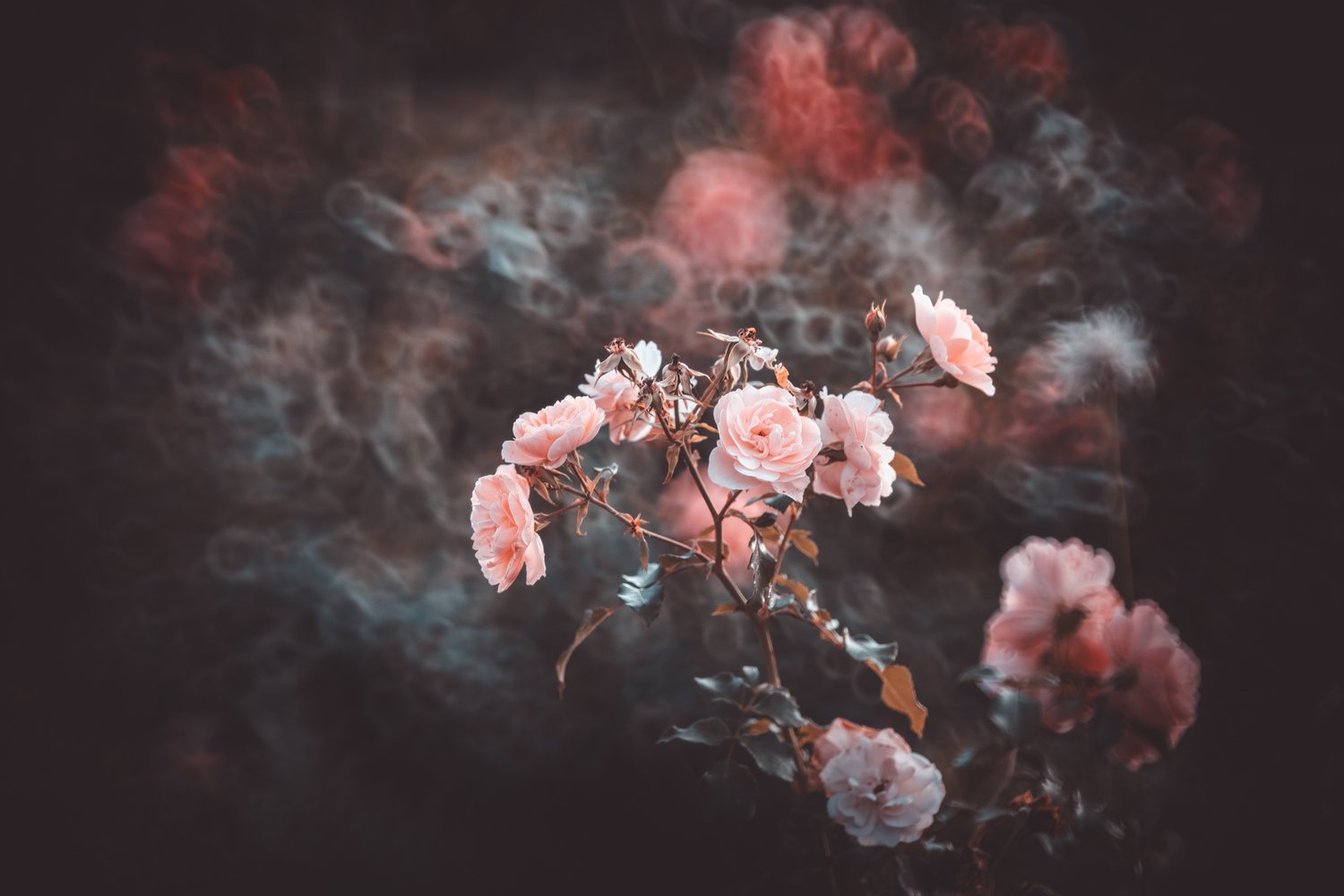
Introduction
I can’t even describe how excited I was when NiSi offered me a chance to test their new 250mm f/5.6 Reflex lens, launched in early 2024. This exceptional lens blends modern technology with vintage optical design.
The lens uses refracting optics which were originally developed for catadioptric telescopes. The use of curved mirrors allows the lens to achieve a long focal length while keeping its overall size much more compact than other telephoto lenses with the similar reach.
The construction of the lens is heavily inspired by the legendary Minolta 250mm f/5.6, offering a distinctive doughnut-shaped bokeh. This artistic rendering is especially appealing to photographers seeking a unique, painterly effect to enhance their images. The out-of-focus double line effect creates an enchanting brushstroke feel that resembles the look of oil paintings.
With a full-frame focal length of 250mm and a fixed aperture of f/5.6 the lens can product captivating backgrounds while giving a sense of compression to the images. The optical design consists of 6 elements arranged in 3 groups, with a 48-layer dielectric high-reflection coating and ultra-low reflection coating. These features work together to deliver outstanding image quality, minimizing chromatic aberration while enhancing color vibrancy.
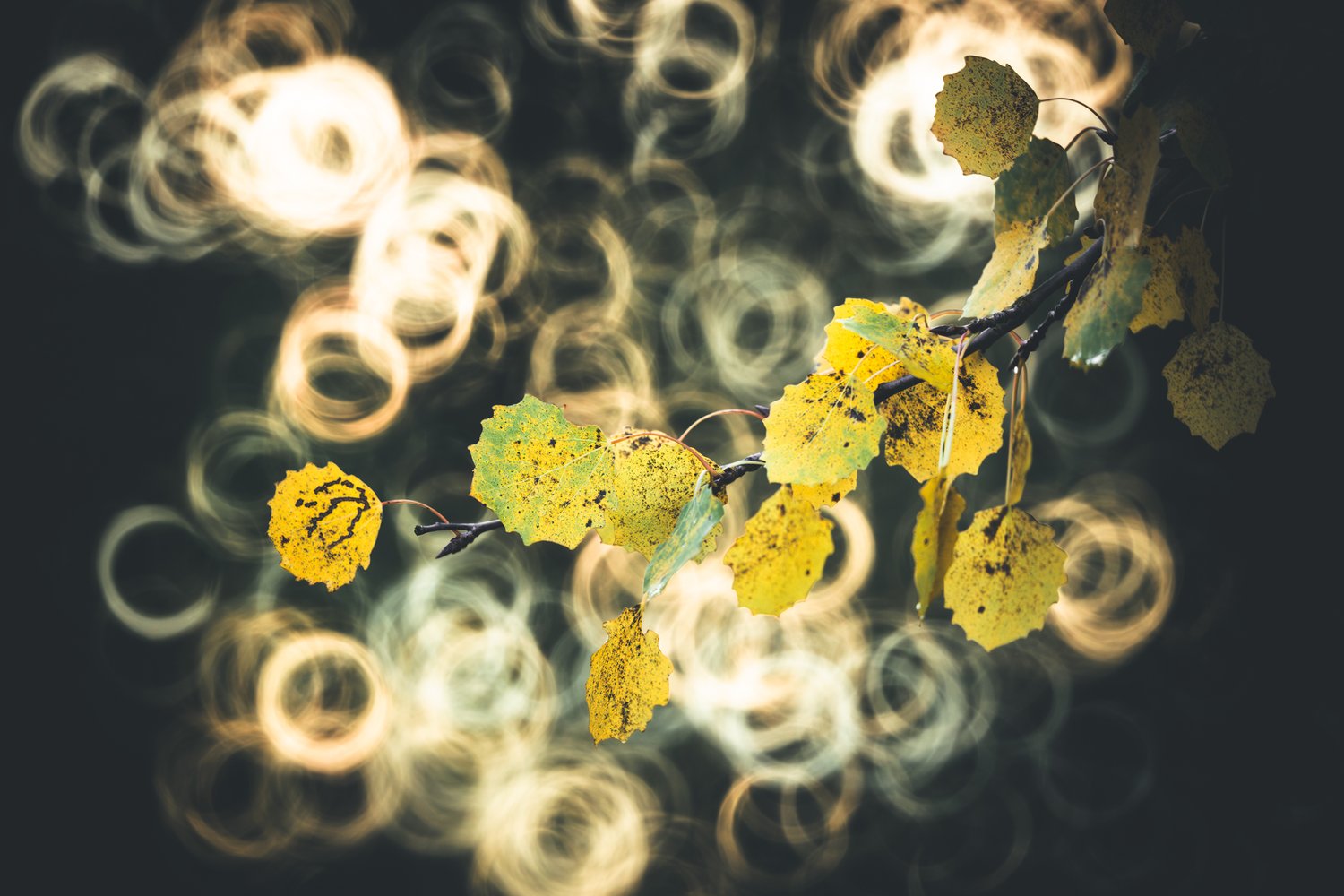
NiSi 250mm f/5.6 Reflex Lens Specifications:
Focal Length: 250mm
Aperture: f/5.6 (fixed)
Minimum Focus Distance: 2m
Focus Type: Manual focus
Focus Rotation: 270˚
Filter Size: 62mm
Lens Elements/Groups: 6 elements in 3 groups
Angle of View (Full Frame): 9.7˚
Magnification: 0.14x
Optical Coating: Multi-layer dielectric high-reflective coating. DHRC + ultra-low broadband anti-reflective coating SBBAR.
Lens Mounts: Sony E, Canon RF, Canon EF, Nikon Z, Nikon F, Fujifilm GFX, Fujifilm X, Hasselblad XCD
Build Quality and Handling
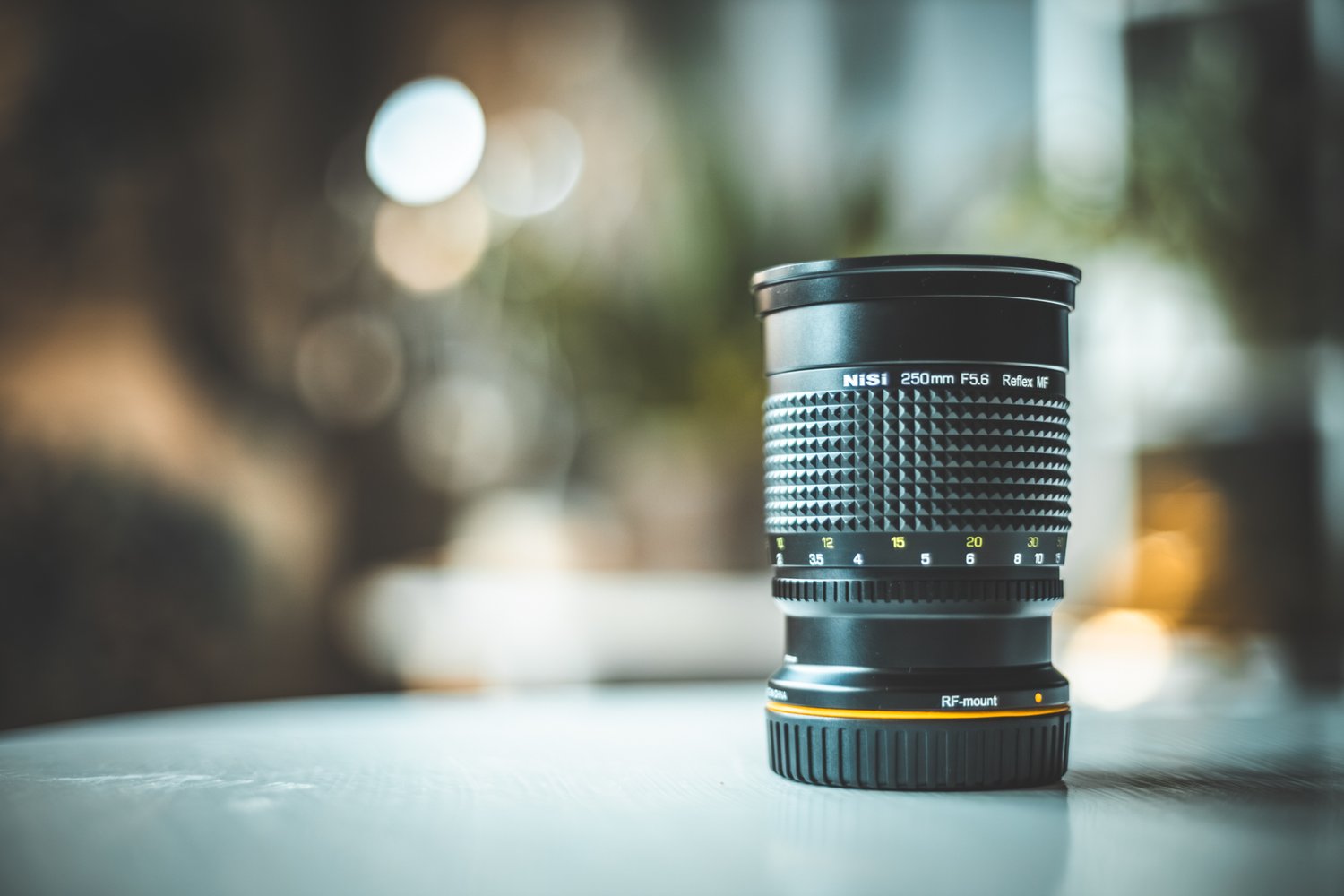
The Nisi 250mm f/5.6 Reflex lens with the Canon RF mount
Upon first inspection the NiSi 250mm f/5.6 Reflex lens feels solid in hand. Its compact size and lightweight construction (weighing around 400 g) make it highly portable. This is especially impressive given its 250mm focal length. Despite its lightness, the lens doesn’t feel cheap; it has a sturdy metal body, featuring a waterproof ring and a built-in rotatable lens hood, which helps reduce flare.
Focusing is entirely manual, as expected from a reflex lens. The focus ring has a smooth 270˚ rotation, making precise focusing easier. However, manual focus requires practice and steady hands, particularly with a telephoto focal length like 250mm. The minimum focusing distance of 2 meters is versatile enough for a range of shooting scenarios, from nature photography to portraits.
Since the aperture is fixed at f/5.6, photographers will need to rely on other aspects, such as composition and lighting, to control the depth of field. For some, this might feel limiting, but for others, it’s an opportunity to get creative.
Field Testing: Bokeh, Colors, Sharpness, and More
I paired the NiSi 250mm f/5.6 Reflex lens with my Canon EOS R mirrorless full-frame camera and set out to photograph flowers and the autumn colors. It didn’t take long to notice two of the most notable characteristics of this lens: the doughnut-shaped bokeh and the double line effect. In out-of-focus areas, particularly bright highlights, the background takes on a very pronounced circular effect accompanied with bilinear lines that resemble paint strokes. This type of bokeh will divide opinions – some photographers may love this unique aesthetic, while others find it distracting or unnatural.
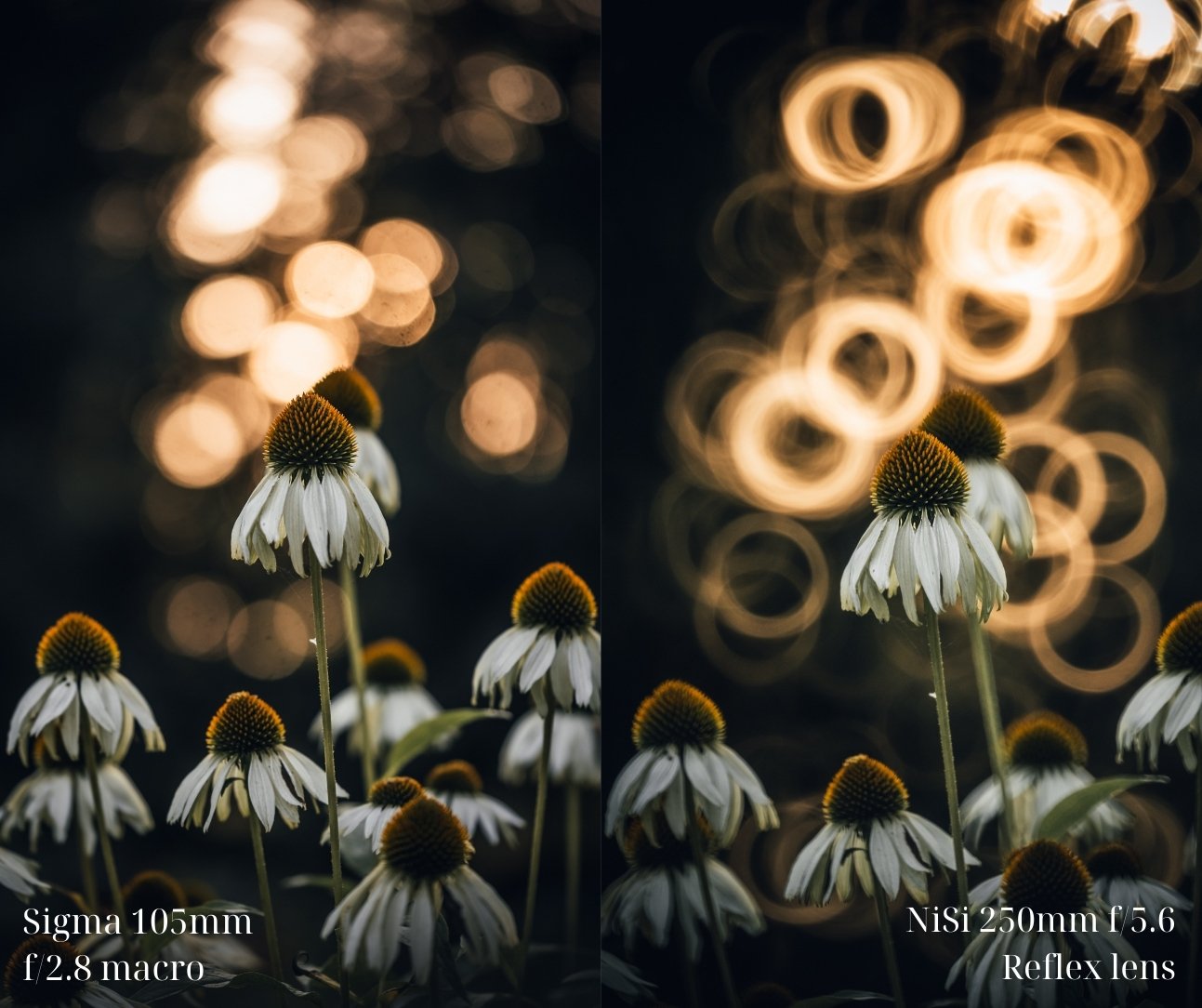
Bokeh comparison: The same scene without and with the NiSi Reflex lens
In my case, I found the bokeh incredibly inspiring - almost liberating in a way. I felt pure joy, as though a whole new creative world had opened before my eyes. While this effect might not work for every type of photography, in the right context, the peculiar bokeh can give your images a distinctively artistic and almost surreal quality. You do need to be careful with your background when composing shots, as busy backgrounds can make the effect overwhelming.
When it comes to depth of field, the fixed f/5.6 aperture didn’t bother me at all. In fact, it seems like a ”golden match” for the 250mm focal length, allowing for a variety of shooting scenarios while still preserving the distinct characteristics of the bokeh. However, the f/5.6 aperture isn’t ideal for low light situations, which means that you’ll have to crank up the ISO or use a slow shutter speed in those cases.
Colors
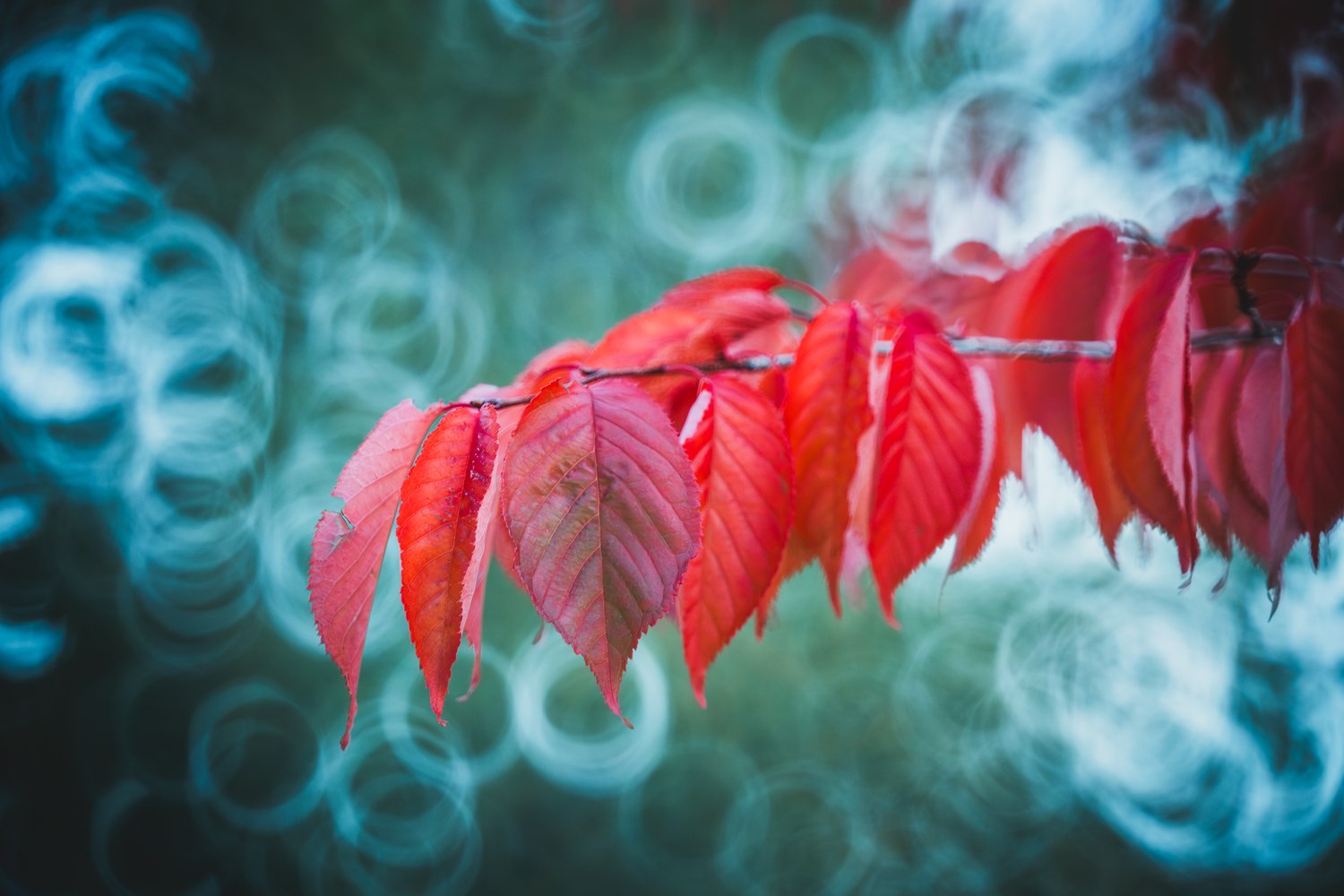
The NiSi 250mm f/5.6 Reflex lens renders colors beautifully. They are rich, slightly warm, yet very natural. The lively colors add even more painterly feel to the images, especially combined with the extraordinary bokeh effect. These vibrant tones are particularly well-suited to autumn landscapes, golden hour lighting, and flower photography.
Sharpness, focusing
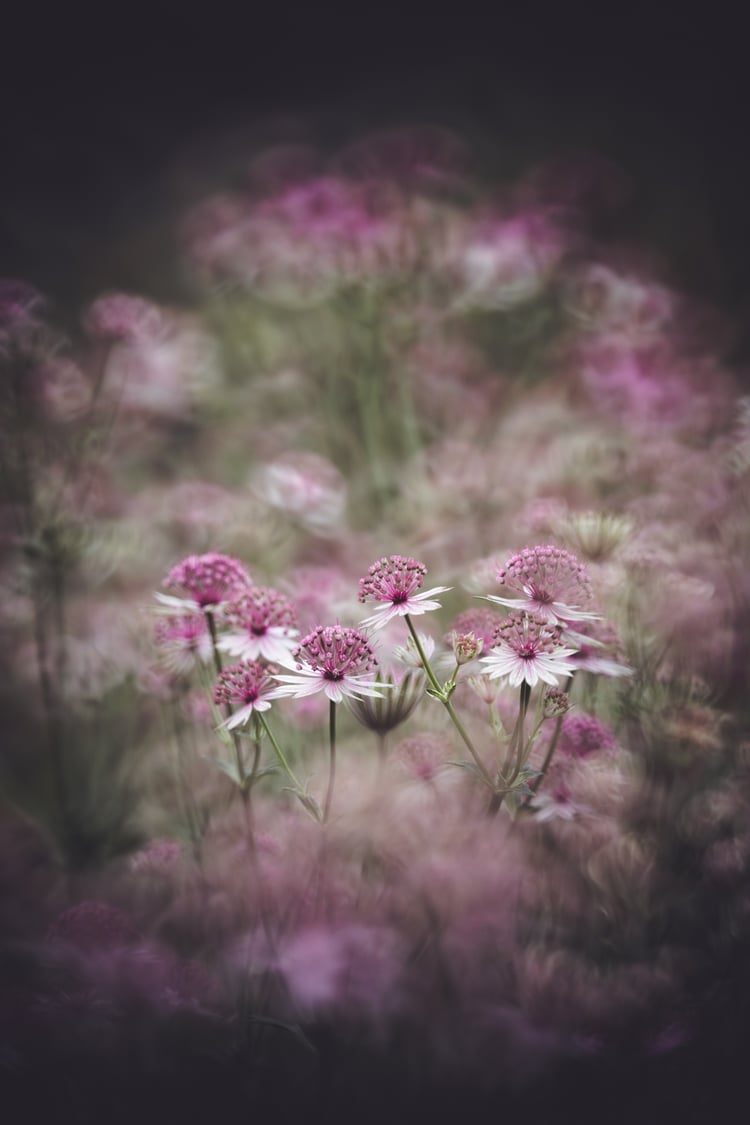
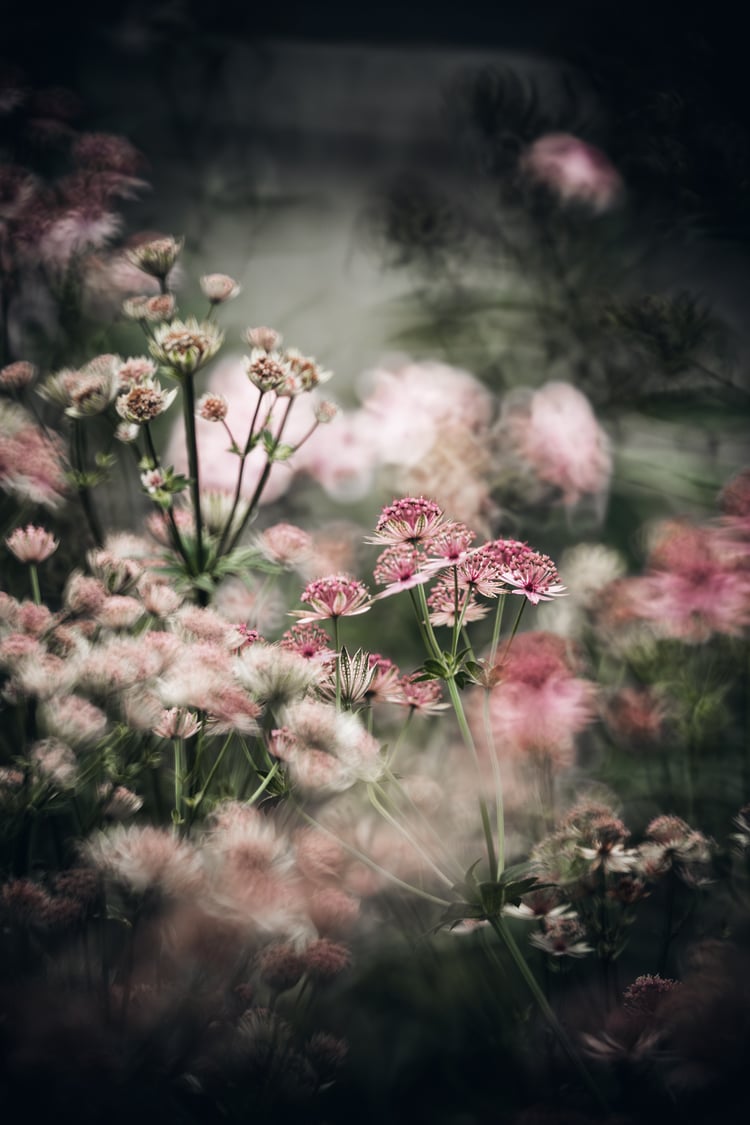
Reflex lenses, due to their mirror-based optical design, are often criticized for lacking sharpness compared to traditional lenses. The NiSi 250mm is no exception. However, I did find the sharpness sufficient for most purposes. Just don’t expect razor sharp details across the frame as you would from a high end prime lens.
The main challenge comes from the long focal length and lack of image stabilization, which can make focusing tricky. You’ll need either a tripod or very steady hands. If you’re shooting handheld like me, be prepared to take multiple shots to nail the focus.

Vignetting, Chromatic aberration and Flare
Slight vignetting is present, particularly in high-contrast scenes, but it’s not overly aggressive.
Chromatic aberration is virtually nonexistent, which is impressive for a lens of this design.
When shooting in bright light or directly into the sun, some flare is visible, but the lens manages to control it quite well, keeping it from a becoming a distraction.
Overall, the image quality exceeded my expectations thanks to the unique optical construction and advanced coatings of the lens.
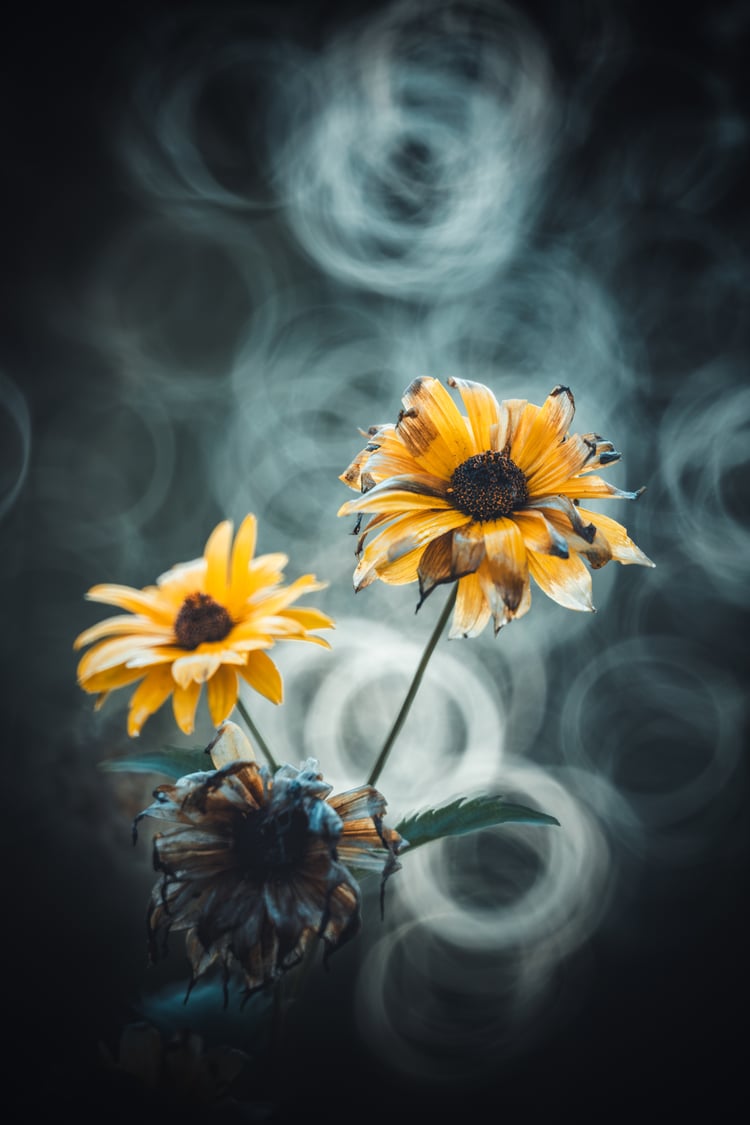

Conclusion
The NiSi 250mm f/5.6 Reflex lens is an exciting revival of a vintage optical design, tailored for photographers who appreciate the quirks and charm of older lenses. The key feature of the lens, the doughnut-shaped bokeh, will either be a deal-breaker or the primary reason you buy it, depending on your artistic preferences. Its compact and lightweight size makes it highly portable.
For portrait, still-life, and nature photographers looking for something different, this lens offers a unique, painterly effect that’s hard to replicate with modern optics.
While this lens may not appeal to everyone, especially those seeking something more conventional, it’s a fantastic option for those who would like to embrace creativity and want their photos to stand out. If you’re a fan of vintage lenses or simply love quirky bokeh, the NiSi 250mm f/5.6 Reflex lens is definitely worth considering.
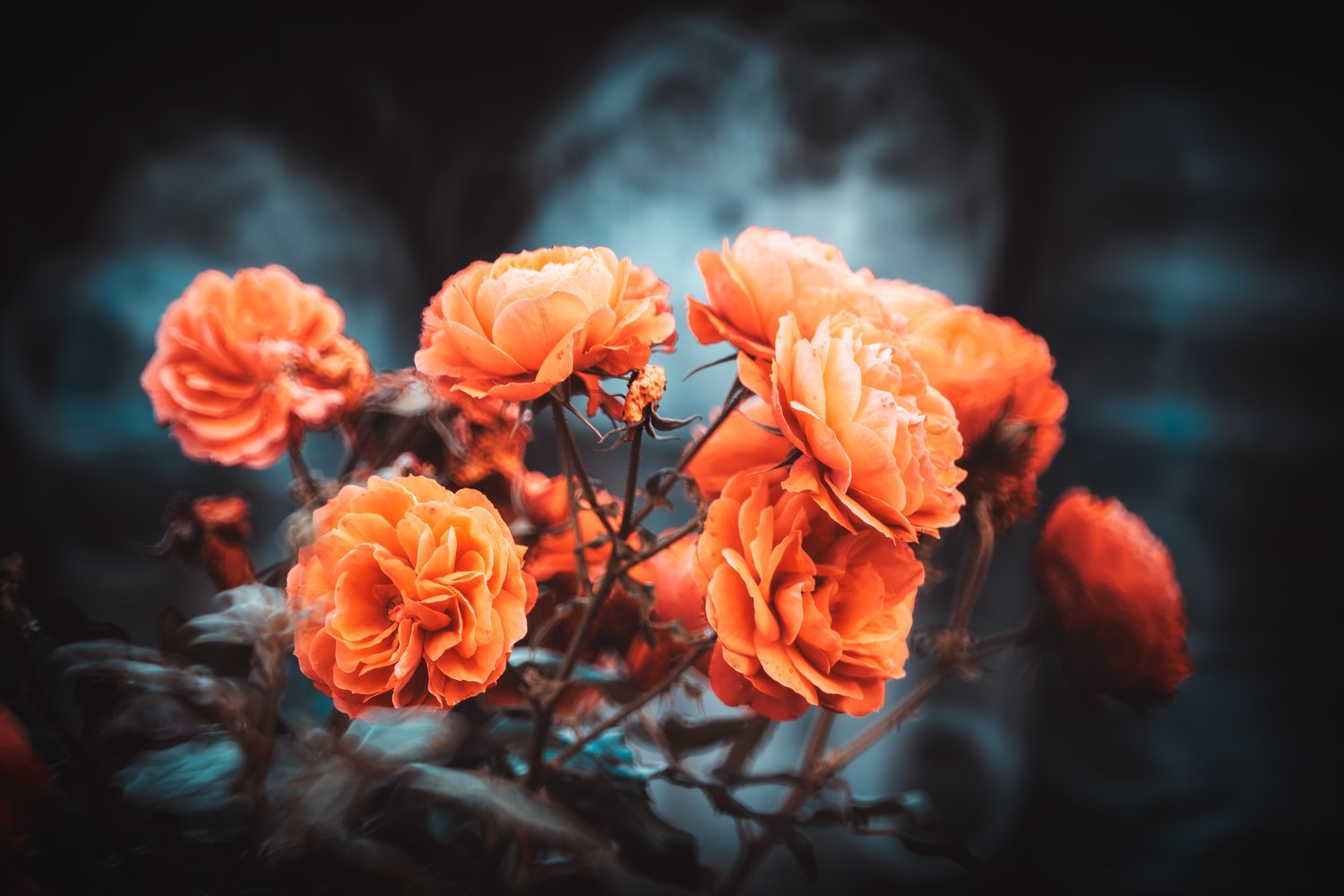
Pros:
- Unique bokeh
- Excellent image quality: Beautiful colors with great contrast
- Lightweight and portable
Cons:
- Focusing can be challenging
- Not the sharpest lens
- Bokeh can sometimes be distracting in certain scenes
Would you like to share your thoughts about the review or ask additional questions about the lens? Feel free to comment below!


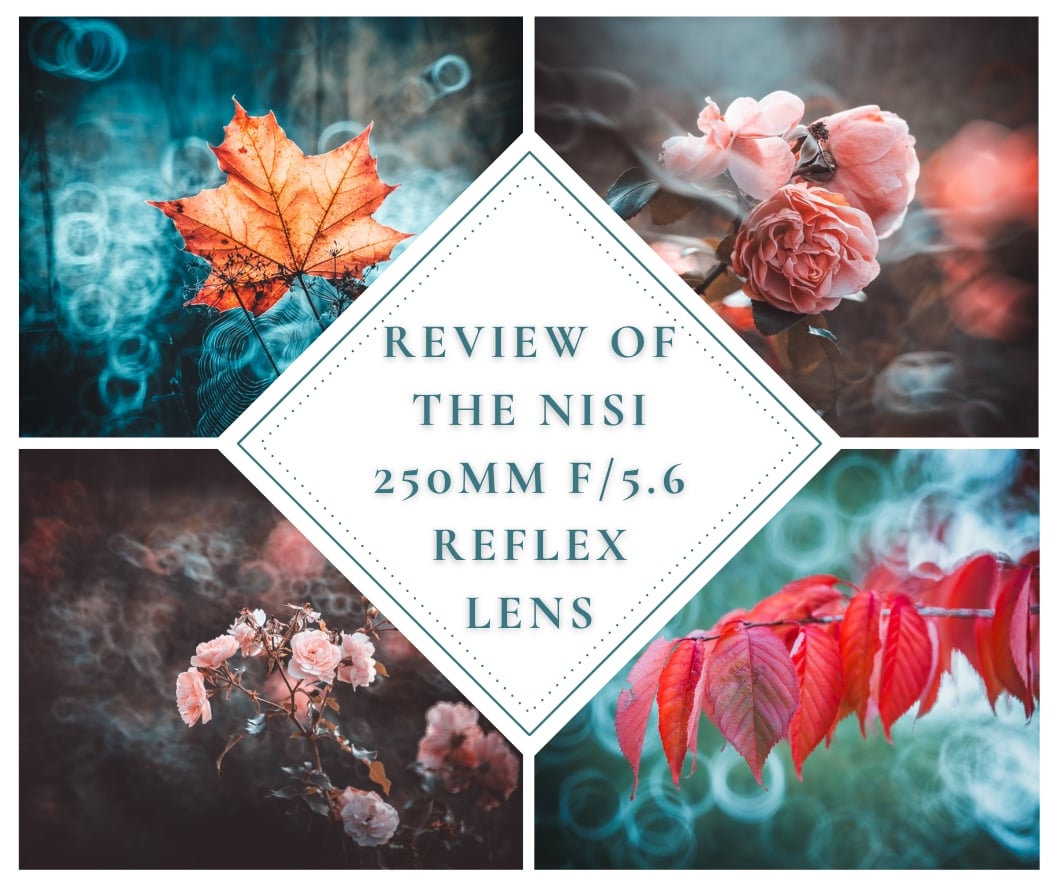
Comments ()